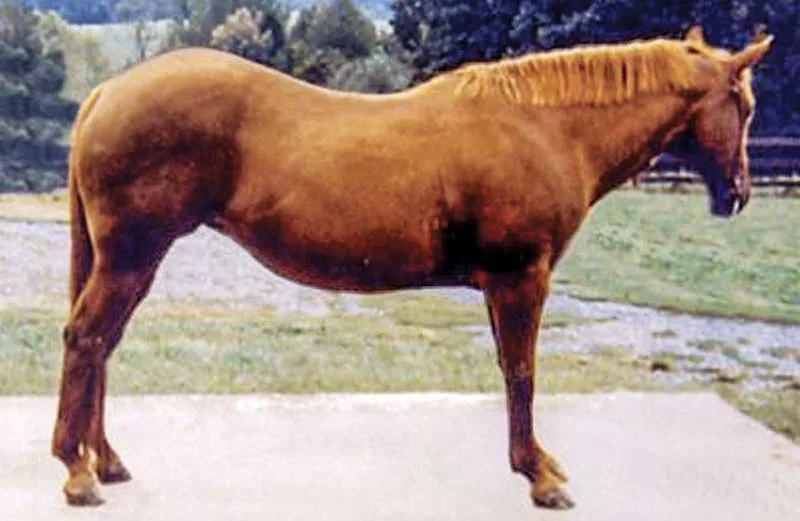Pictured Above: This Quarter Horse mare was lame on both front feet because of navicular issues. Note the “camped out” position of the front legs and the “parked out” position of the hind legs. Horses with navicular disease are often very sore in the sacroiliac area of the back. Photos: Mike Stine
Farrier Takeaways
- When assessing a horse, look for signs of uneven muscling, asymmetry, poor posture and other indicators of what might be wrong. Evaluate the horse from the front, back and from each side in order to get a clear picture of how that horse is built and how that horse moves at rest and at work.
- Consider the effect of the saddle and rider on how the horse moves. An unbalanced rider and a poor-fitting saddle can have a direct impact on the movement patterns of the horse.
- Remember to readjust your approach for each horse at each trim or shoeing. Treat your craft like an art form by adjusting your techniques as changes occur in the horse’s body and feet over time.
Using a “big picture” approach of assessing the whole horse — from topline to toes — can identify factors in the animal’s body that might affect hoof shape and condition. Paying attention to how a horse uses its body can provide a farrier with practical insights into the best way to trim or shoe the animal to maximize its performance potential, says Mike Stine, a Marshville, N.C., farrier and owner of Equine Dynamics.
“When…
